| Description |
| Hydrometers used for testing NaCl solutions (a.k.a. salimeters) are typically available in two different styles, percent saturation (0 to 100%) and percent by weight (0 to 26.5%). Both hydrometers measure exactly the same range of overall concentration for NaCl solutions; the results are simply expressed in two different scale units. The scale for NaCl percent by weight has a range of 0 to 26.5%. The high point of this range, 26.5% by weight, is the saturation point of NaCl within water. For instance, the highest concentration of dissolved NaCl that's possible in a 100g sample of brine is 26.5g of the total solution. On the other hand, the scale for NaCl percent saturation has a range of 0 to 100%. This measures the extent to which a NaCl solution is to reaching total saturation. Therefore, if a NaCl solution has reached 26.5% by weight it can be said that it's 100% saturated.NaCl % Scale Conversion % by Weight @ 60°F = % Saturation @ 60°F/3.7736 % Saturation @ 60°F = % by Weight @ 60°F x 3.7736 |
| Hydrometers Explained |
| The hydrometer is an instrument which is constructed on the Archimedes principle that a solid body displaces its own weight of the liquid in which it floats. Hydrometers can be divided into two general classes; namely for liquids heavier than water and for liquids lighter than water. The base hydrometer scale is Specific Gravity, in which distilled water equals 1.000 as the initial point. Liquids lighter than water are scaled below 1.000 specific gravity and liquids heavier than water are scaled above 1.000 specific gravity. Many other scales are commonly used, such as API, Brix, Baume, Plato, etc. All of which are convertible into specific gravity by formula. Hydrometers are usually calibrated at 60°F/ 60°F. To determine the density of a liquid, the liquid should be at 60°F. If the temperature varies, the liquid will either contract or expand, depending upon the temperature. Therefore, the density fluctuates with the temperature. Where there is a variation from the standard 60°F, corrections must be applied to the hydrometer reading. To assure proper corrections, a separate accurate thermometer should be used, or a hydrometer in combination with a thermometer, which is sometimes referred to as a “thermohydrometer.” The correct method of reading a hydrometer follows:
|
| Specifications | |
| NaCl Range | 0 to 100% |
| Subdivision | 1.0% |
| Length | 265mm |
| Optional | Hydrometer Cases NIST Certification |
| Cat. No. | Description |
| VW34780002 | Hydrometer, Salinity, NaCl 0 to 100% by Saturation |
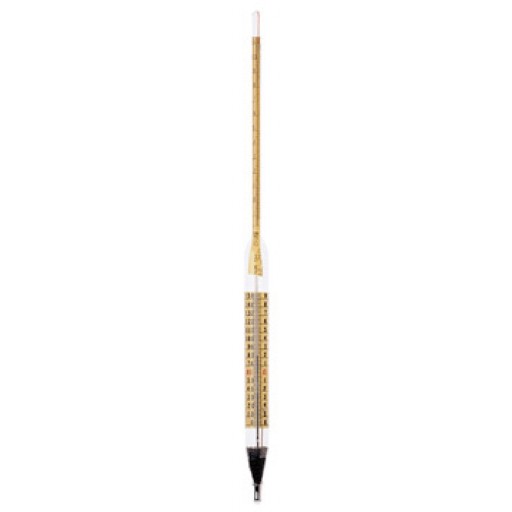
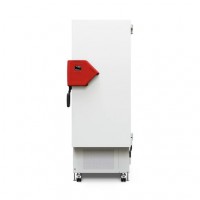
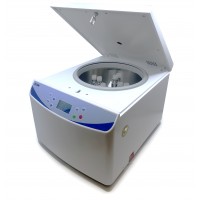
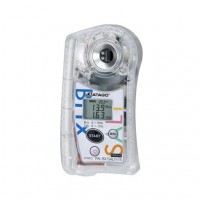
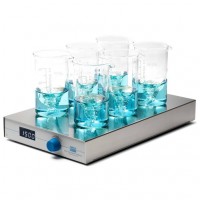

Do you have a question?
min 10 ch